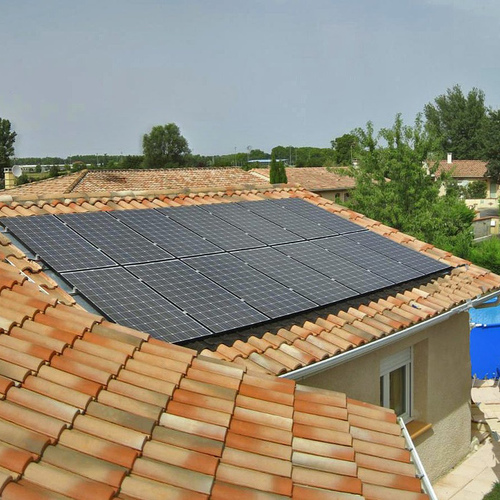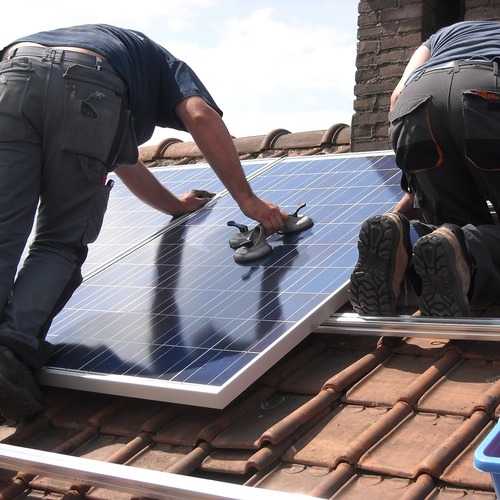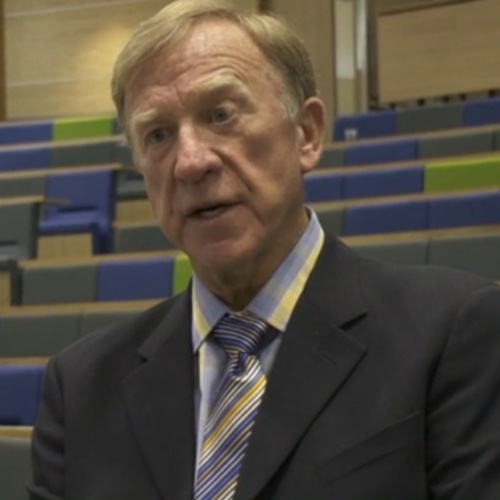
One of the principal goals identified by the White House in its Recovery Through Retrofit initiative, announced in 2009, was to generate homeowner interest in energy efficiency improvements and, in the process, develop a self-sustaining retrofit industry.
To that end, Housing and Urban Development Secretary Shaun Donovan and Department of Energy Secretary Steven Chu last week introduced a pilot program called PowerSaver, which will offer homeowners loans of as much as $25,000 for energy-efficiency upgrades, including the installation of insulation, duct sealing, door and window replacement, more efficient HVAC systems and water heaters, and the installation of photovoltaic, solar thermal, or geothermal systems.
With terms of up to 20 years and rates from 5% to 7%, depending on the borrower’s credit score, the loans will be made available to about 30,000 homeowners via 18 lenders that have been approved to participate in the program. The lenders will retain 10% of the risk of each loan they write, and the Federal Housing Authority will insure the remaining 90% against default.
A jump-start for energy retrofits?
As home equity continues to slip or stagnate, there may well be significant homeowner interest in the PowerSaver initiative, particularly because other financing options for such improvements, including Property Assessed Clean Energy (PACE) loans, are relatively scarce. Funded by local bond issues, PACE loans in fact took a hit last year when mortgage guarantors Fannie Mae and Freddie Mac ruled that because the loans have “super-priority lien” status over first mortgages, they rendered the first mortgages of PACE-participating households ineligible for Fannie and Freddie’s underwriting.
The press release about PowerSaver was careful to note that loans obtained through the program “generally will be secured by a mortgage or deed on the home that is subordinate to any existing first mortgage.” HUD predicts that the pilot program will create more than 3,000 jobs, although its impact on employment will be greater if it seeds further demand for retrofit services and attracts a larger share of lending community.
Lenders participating in PowerSaver include Admirals Bank; AFC First Financial Corporation; Bank of Colorado; City of Boise, Idaho; Energy Finance Solutions; Enterprise Cascadia; HomeStreet Bank; Neighbor’s Financial Corporation; Paramount Equity Mortgage; Quicken Loans; SOFCU Community Credit Union; Stonegate Mortgage Corporation; Sun West Mortgage Company; The Bank at Broadmoor; University of Virginia Community Credit Union; Viewtech Financial Services; WinTrust Mortgage; and W. J. Bradley Mortgage Capital Corporation.
Weekly Newsletter
Get building science and energy efficiency advice, plus special offers, in your inbox.















0 Comments
Log in or create an account to post a comment.
Sign up Log in